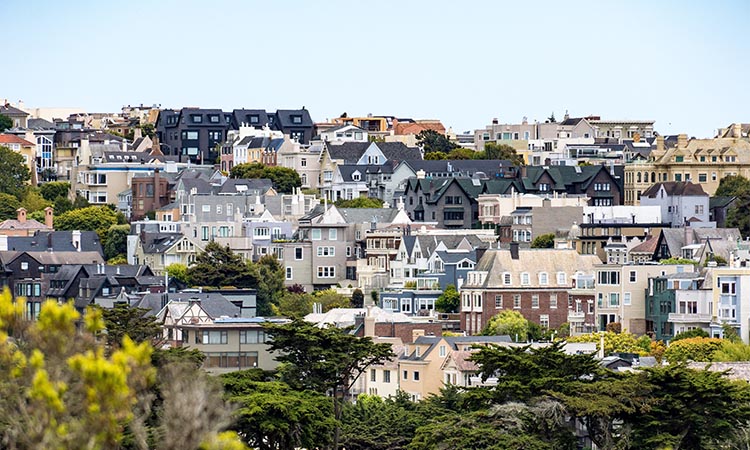This article was adapted from our latest book, "Sharing Cities: Activating the Urban Commons." Download your free pdf copy today.
According to a report by the nonprofit SPUR, an Accessory Dwelling Unit (ADU) is an affordable "additional, self-contained dwelling unit located within the same lot as an existing residential building," such as do-it-yourself (DIY) "WikiHouses" or "Tiny Houses" in backyards. As many as 50,000 ADUs are estimated to have been built illegally over the years. The practice has historically been ignored by the city until recently, when they started removing roughly one hundred per year, partly due to neighbors' complaints. In many cases, this has been a cause of hardship for vulnerable families facing eviction.
To create a path for the legalization of the existing structures and to support the future construction of additional ADUs, the city has passed two key ordinances. Ordinance no. 43-14 offers a way for "granting legal status to existing dwelling units constructed without required permits." These units will now be covered by the city’s rent-control ordinance. Ordinance no. 25-14 is a pilot program in District 8 that allows the demolition and reconstruction of existing accessory dwellings under certain conditions.
These policies will protect both property owners and renters, while encouraging urban infill in one of the most competitive housing markets in the United States.
View full policies:
Photo by Daniel Abadia on Unsplash










